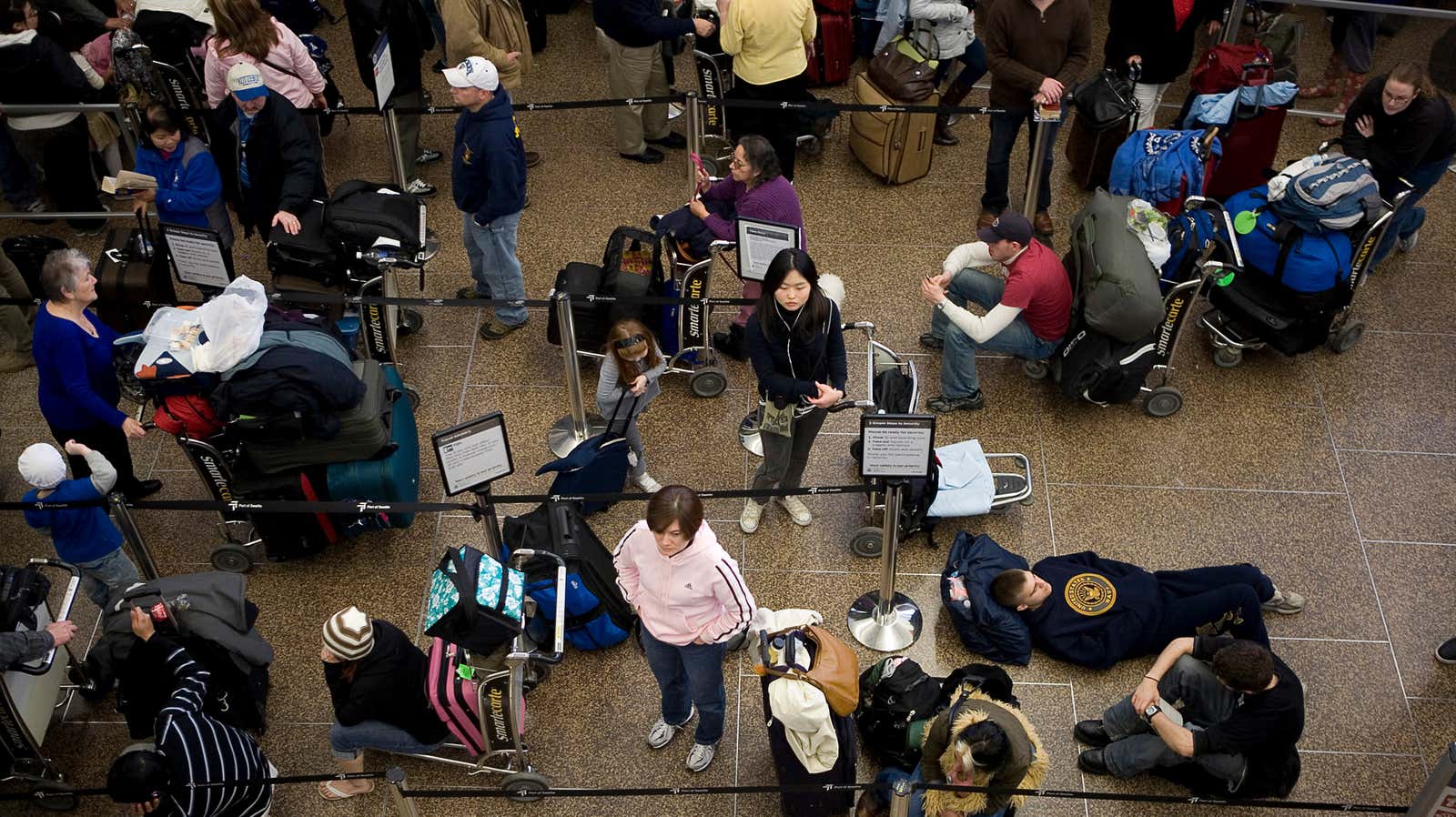How to Make Your Trip Abroad As Safe As Possible

I almost died in Japan.
Or at least I felt the same way when I was going through a severe case of food poisoning in a hotel room in Tokyo. After calling the American Embassy, several translators and my parents, I hunched over in a Japanese clinic, desperately trying to hold back my food.
When you are abroad and an emergency such as an illness or hazardous situation occurs around you, it is unlikely that you will prepare for it; today the New York Times has taken up this very problem. If you are traveling and want to ensure your safety, it is important to do as much research as possible.
Check out travel tips and sign up for STEP
Before embarking on this well-deserved vacation, be sure to first check out any travel tips for your destination. You can do this by using the Department of State’s website, which ranks countries based on current security risks; Level one is considered to be the lowest advisory risk, and level four is considered a non-travel destination, which poses a threat to the lives of these visitors. If you are going somewhere – it is considered “dangerous”, it just might be worth reviewing your route.
Also, while on the Department of State website, be sure to register your trip with the Smart Traveler Enrollment Program or STEP . Using the program, you can register travel dates and receive travel notifications to your destination. (This is a simple process and only involves providing your contact information.) In the event of an emergency (even in a personal emergency) and you cannot be reached, the nearest embassy or consulate will try to contact you by any means possible. if your loved ones are trying to get in touch.
As the New York Times recommends, you should also look for official government websites and local US embassies, which often offer recommendations for those who come. In the event of an emergency, you can also seek assistance from the nearest embassy.
Buy insurance in advance
When going on a week-long trip, it’s easy to think: who needs insurance at all? Well, as we wrote earlier , this can be useful if you are traveling abroad or stay abroad for a long time.
Before we dive into the insurance itself (which, as you might have guessed, is not all that exciting), you should know that there are generally two types: the main type, which covers lost bags or canceled flights, and the medical type. which will protect you in case of illness or emergency.
Without an international health plan, you run the risk of being admitted to an expensive hospital if, say, you are in the midst of a terrible bout of food poisoning. (You can also check our in- depth travel insurance guide .) However, oftentimes your current healthcare provider may have insurance that is designed to travel abroad. Contact your healthcare provider using the number on the back of your ID to find out what their travel policy is.
Download tracking apps
If your mom wants to make sure you’re safe when you’re abroad, there are a number of apps that track users and send automatic alerts as soon as you arrive at a certain destination. As recommended by the New York Times , Life360 , and Find My Friends to report your location to anyone whom you choose, and send alerts – you still have the option to disable tracking feature later, so do not worry that your parents will be to track your every move …